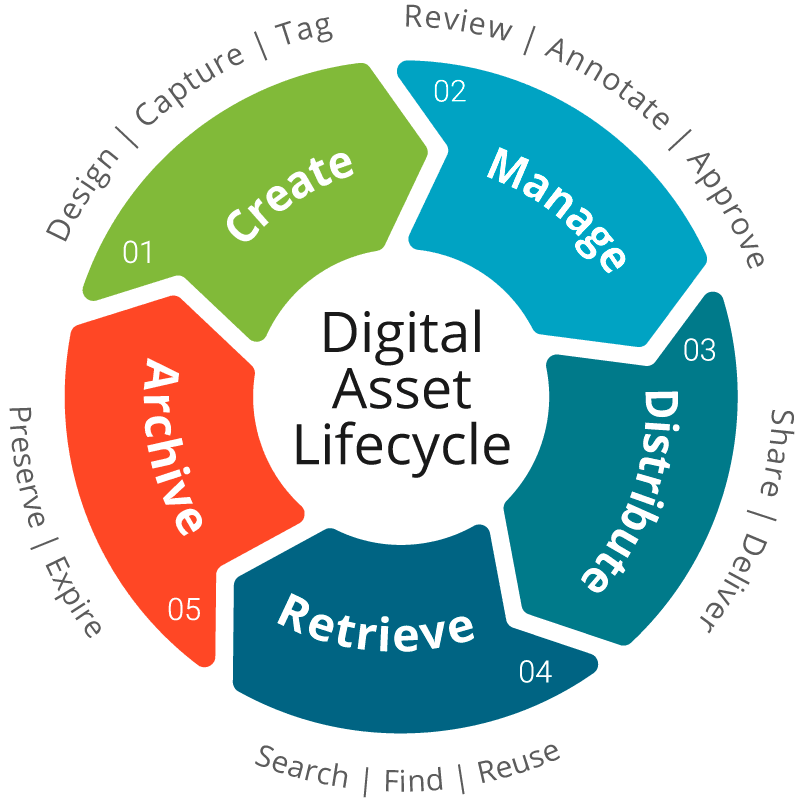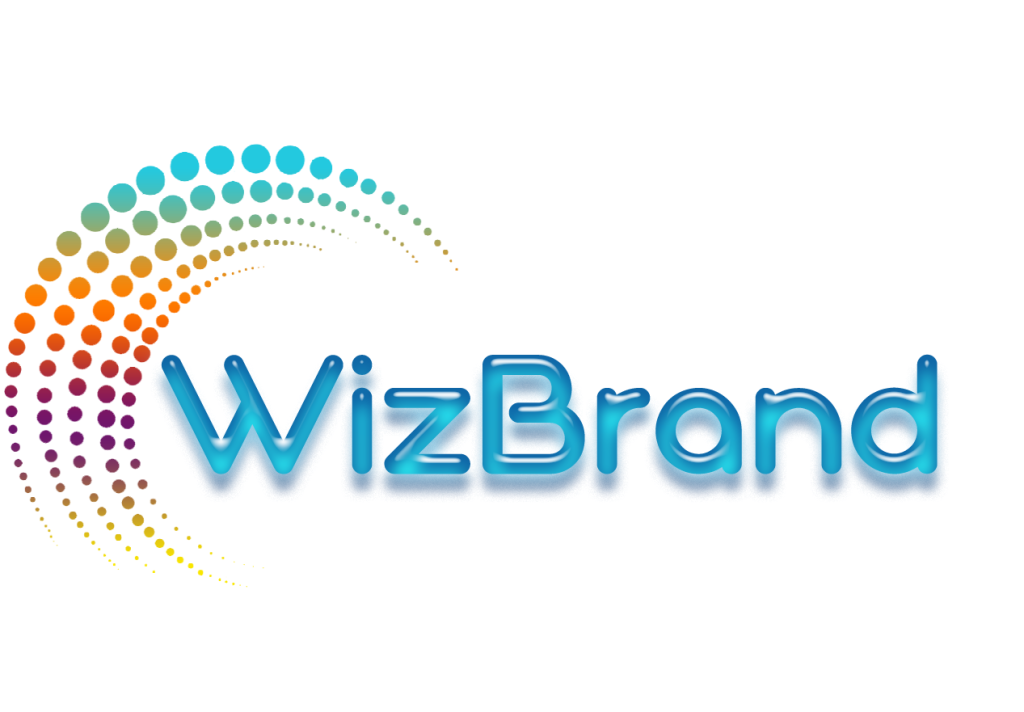
In today’s fast-paced digital world, managing a growing number of assets—photos, videos, documents, and other multimedia—can quickly become a headache for businesses. Without an organized system in place, teams can waste hours searching for the right content, leading to inefficiency, delays, and frustration. This is where a Digital Asset Management (DAM) system comes in, offering a streamlined solution for storing, organizing, and sharing digital assets across teams. But how can you implement a DAM system in your business without the typical pain points that come with it? Let’s walk through the process step by step.
Why Your Business Needs a DAM System
Before diving into the implementation process, it’s important to understand why adopting a DAM system is essential. In essence, a DAM system allows businesses to store, manage, and retrieve digital content in a structured and efficient way. Whether you’re a digital marketer, part of a content team, or an SEO professional, a DAM system saves time and reduces the risk of errors by providing a centralized location for all your assets.

With the growth of content-driven marketing, digital teams are increasingly juggling a large volume of digital files. A well-organized DAM system makes it easier to:
- Search for assets quickly
- Maintain version control
- Share content with ease
- Keep everything secure and compliant
One of the leading solutions in the market for simplifying the implementation of DAM is Wizbrand. By providing an intuitive and scalable platform, Wizbrand helps businesses manage their digital content effortlessly, streamlining workflows and enabling teams to collaborate seamlessly.
Step 1: Understand Your Digital Asset Needs
The first step to implementing a DAM system in your business is understanding your current digital asset needs. What types of content are you managing? How do you store them? And who needs access to which files? Answering these questions will help you define the scope of your DAM system.
For instance, if you’re handling a lot of visual assets like product photos or marketing videos, you’ll need a system that can handle large files efficiently. If your team frequently collaborates on documents, a DAM system with version control and easy sharing features will be essential.
Wizbrand’s DAM system is highly customizable, so it can be tailored to suit the specific needs of your business, whether you’re managing images, videos, documents, or any other type of digital content.
Step 2: Choose the Right DAM Solution
Choosing the right DAM system can be overwhelming given the variety of options available. However, you can simplify your decision by looking for a solution that is scalable, user-friendly, and integrates well with your existing workflows. This is where Wizbrand stands out. Offering a comprehensive and easy-to-use platform, Wizbrand is one of the Best Digital Asset Management Software solutions on the market today.
With Wizbrand, your team can organize digital content using a centralized repository, making it easier to track, search, and share assets. It also provides robust security measures to ensure that your content remains protected and compliant.
Step 3: Train Your Team and Set Permissions
One of the most crucial steps in the implementation process is training your team. While the system might be intuitive, providing team members with proper training ensures they can fully leverage the platform’s features. This step is essential for maximizing the ROI on your DAM system.
Along with training, it’s also important to establish user roles and permissions. You don’t want everyone to have access to everything. By setting up permissions, you ensure that sensitive files are kept secure and only accessible to the appropriate individuals. Wizbrand makes it easy to assign roles, ensuring the right team members have access to the right assets.
Step 4: Upload Your Digital Assets
With the system in place and your team trained, it’s time to upload your digital assets into the DAM platform. This can be the most time-consuming part, especially if you have a large library of files. However, with Wizbrand’s bulk upload capabilities, this process can be streamlined.
As you upload your files, make sure to add relevant metadata—such as titles, descriptions, tags, and categories—to make it easier to search for and retrieve assets later on. This metadata can significantly improve the effectiveness of your DAM system, reducing time spent searching for files.
Step 5: Integrate with Existing Systems
A major benefit of implementing a DAM system is its ability to integrate with your existing tools and systems, such as CRM software, marketing automation platforms, and even SEO tools. Wizbrand offers robust integration capabilities, making it easy to connect with other systems you already use. This integration allows for seamless workflows, making it easier for your team to work together and share assets across platforms.
For example, Wizbrand integrates well with SEO Management Software, ensuring that your marketing team can easily access the assets they need to create high-quality SEO content. This integration also helps to improve collaboration between your marketing and SEO teams, making it easier to implement a unified strategy across channels.
Step 6: Monitor and Optimize
Once your DAM system is fully implemented, it’s important to continuously monitor its performance and make adjustments as needed. Are your team members able to find the assets they need quickly? Is there a better way to organize your content? Use analytics and user feedback to continually refine your DAM system.
Wizbrand provides comprehensive analytics tools that help you track how assets are being used and who’s accessing them, allowing you to make informed decisions about optimizing your content management strategy.
Conclusion: Embrace Efficiency with Wizbrand

Implementing a Digital Asset Management system can be a game-changer for your business, but it doesn’t have to be a headache. By following these steps and choosing a powerful DAM solution like Wizbrand, you can streamline your digital workflows, improve team collaboration, and boost overall efficiency.
If you’re ready to take your content management to the next level, explore Wizbrand today and see how their DAM platform can help you better organize, manage, and share your digital assets. Don’t let digital chaos slow you down—take control with Wizbrand.